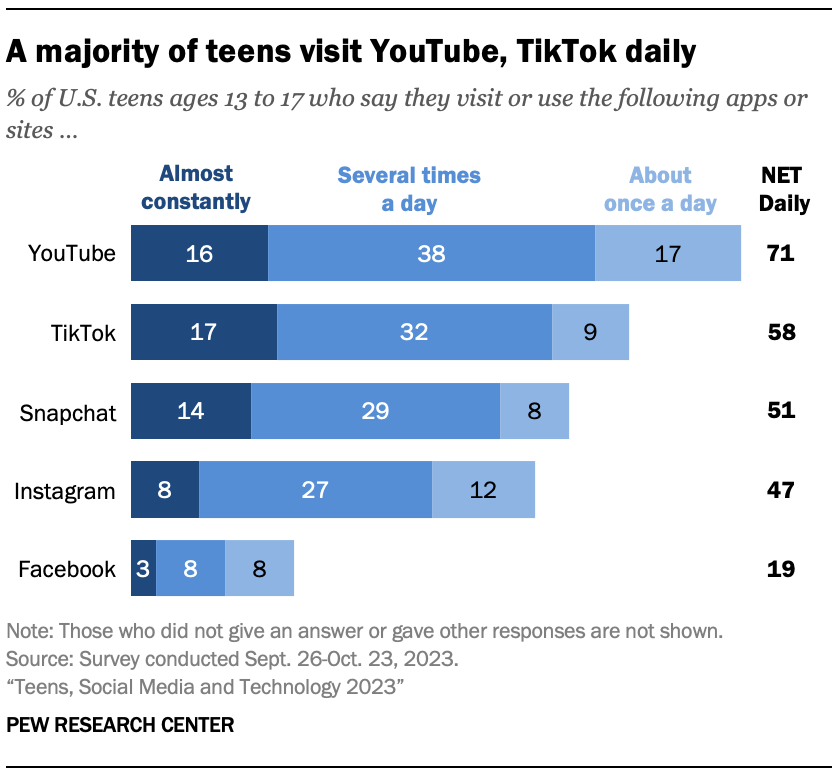When considering a healthy diet for children, we often think about the food they eat, but we also need to think about the beverages they drink. While we may focus on food when planning a healthy diet, understanding that sugar-sweetened beverages (SSBs), such as sodas and fruit juices, can significantly impact a child’s health and may contribute to future health problems like obesity, diabetes, and dental issues (Calcaterra et al., 2023) is also essential. Let’s explore why reducing children’s consumption of sugary beverages is important and discover practical strategies parents can use to encourage healthier choices.
Why It Matters
- Research shows a strong link between SSBs and rising childhood obesity rates worldwide (Lara-Castor et al., 2024).
- Excessive consumption of SSBs can significantly increase a child’s risk of gaining weight and developing insulin resistance, type 2 diabetes, and cardiovascular issues (Calcaterra et al., 2023).
- Liquid calories from SSBs do not provide the same feelings of fullness as solid foods can, and consuming them could lead to higher calorie intake. In addition, the sweet taste of SSBs activates reward pathways in the brain, and this could contribute to overconsumption (Costa et al., 2022).
- SSBs disrupt hunger-regulating hormones like insulin and can increase the risk of developing metabolic issues (Costa et al., 2022).
How Parents Can Make a Difference
- Make Water the Default Choice- Ensure water is easily accessible at home, and encourage your child to refill their water bottle throughout the day.
- Flavor Water Naturally- Add slices of lemon, cucumber, or berries to water to make it more appealing.
- Reduce Sugar Gradually- Gradually reduce the number of SSBs your child consumes until healthier choices become more natural and routine.
- Set Boundaries for SSBs- Reserve SSBs for special occasions or specific times, such as birthdays or family celebrations. This may help reinforce that these beverages are occasional treats rather than everyday drinks.
- Be a Role Model- Make choosing water a family effort. This team-oriented approach can help reinforce positive habits.
- Involve Your Child in Healthy Choices- Let your child pick out their favorite water bottle or choose which fruits to add to their water. Providing them with opportunities to be involved can make the process enjoyable and empower them to make healthy decisions.
- Educate- Talk to your child about why drinking water is good for them and how sugary drinks can impact their health.
- Reinforce Positive Behavior- Recognize and praise your child when they make healthy drink choices. Acknowledging these efforts may help motivate children to continue making healthier decisions.
Changing your child’s diet may be challenging at first. However, the long-term benefits can be worth the effort. Reducing or replacing SSBs can help you protect your child from potential health issues, and you may even see financial savings over time. These small steps can lead to big improvements in your child’s well-being and your family’s overall health and budget.
You can find additional resources and support that can help you build healthier habits for children and families at the 5210 Helping Families Lead Healthier Lives website (https://5210.psu.edu/).
References
American Heart Association. (2024, August 2). Rethink your drink: Reducing sugary drinks in your diet. https://www.heart.org/en/healthy-living/healthy-eating/eat-smart/sugar/rethink-your-drink-reducing-sugary-drinks-in-your-diet
Calcaterra, V., Cena, H., Magenes, V. C., Vincenti, A., Comola, G., Beretta, A., Di Napoli, I., & Zuccotti, G. (2023). Sugar-sweetened beverages and metabolic risk in children and adolescents with obesity: A narrative review. Nutrients, 15(3), 702. https://doi.org/10.3390/nu15030702
Costa, D., Warkentin, S., & Oliveira, A. (2022). Sugar-sweetened beverages, effects on appetite and public health strategies to reduce the consumption among children: A review. Porto Biomedical Journal, 7(1), e172. https://doi.org/10.1097/j.pbj.0000000000000172
Kasman, M. (2022, September 15). Home sweet home: How to limit children’s sugary drink consumption. Brookings. https://www.brookings.edu/articles/home-sweet-home-how-to-limit-childrens-sugary-drink-consumption/
Lara-Castor, L., Micha, R., Cudhea, F., Miller, V., Shi, P., Zhang, J., Sharib, J. R., Erndt-Marino, J., Cash, S. B., Barquera, S., & Mozaffarian, D. (2024). Intake of sugar-sweetened beverages among children and adolescents in 185 countries between 1990 and 2018: Population-based study. Biomedical Journal, 386, e079234. https://doi.org/10.1136/bmj-2024-079234
Teigiser, D. (n.d.). Eliminate sugary beverages: 7 tips for getting children to enjoy nature’s drink. Maryland Families Engage. https://marylandfamiliesengage.org/eliminate-sugary-beverages-7-tips-for-getting-children-to-enjoy-natures-drink/











